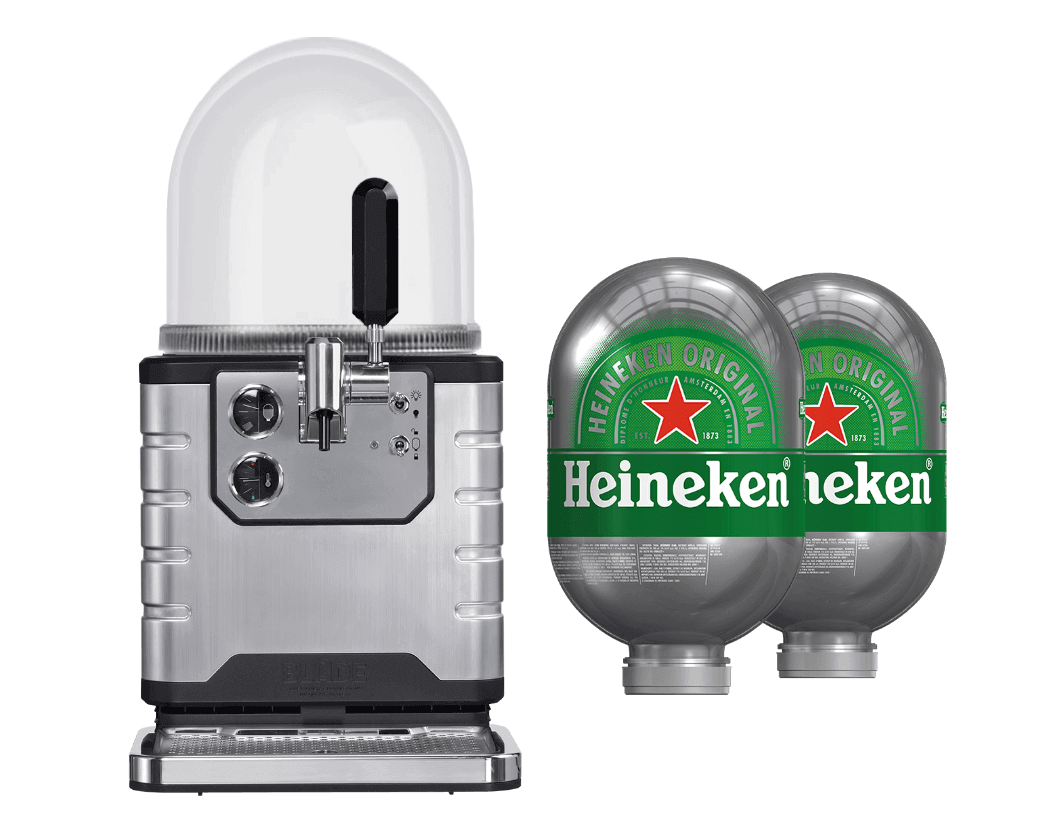
Trappist beer
Ultimately, a Trappist beer is beer brewed by or under the supervision of monks inside the walls of a Benedictine abbey. Sounds simple right?
The term Trappist beers can be a little confusing as all Trappist beers are abbey beers, but not all abbey beers are Trappists. The term comes from La Trappe, found in Normandy. This is where it all began. Globally there are 170 Trappist monasteries, but 14 are Trappist breweries.
Trappist monks
A Trappist beer is recognisable by the ‘Authentic Trappist Product’ label and can only use the name Trappist if the beer is brewed in a Trappist monastery under the supervision of monks of the Cistercian order. The Cistercian order, is a branch of the Benectines who follow the rule of St Benedict. Another key requisite for a Trappist beer is that all proceeds go to the living costs of the monks and upkeep of the monastery as well as good causes. They are forbidden from profiting from the beer.
Trappist beer: Belgium
As mentioned, there are a total of 14 Trappist breweries worldwide, they are all members of the International Trappist Association. In their well-equipped breweries, they brew and sell their own beers, the high-quality brewing technologies guarantee the quality they are famed for. Belgium have at least six of these. In the Belgian Ardennes you’ll find Trappist monasteries and the breweries of Rochefort and Chimay. In the province of Luxembourg there’s the Notre-Dame d’Orval abbey, where Orval is brewed. The home of Westmalle is located around 20 kilometres from Antwerp and for a Westvleteren Trappist you can visit a village of the same name in West Flanders. Just over the Dutch border with Belgium you can enjoy an Achel Blonde or Brown at Achelse Kluis.
Trappist Westvleteren
Westvleteren, founded in 1838 is a Belgian brewer, famous for the best-known Trappist beer. Westvleteren has 4 Trappist beers but none as famous as Westvleteren 12, often considered to be the best beer in the world! The monks can’t always satisfy demand as they’ve chosen to keep the brewery small-scale. This beer isn’t sold in shops or available in restaurants and bars, officially, it's only available at the abbey itself or in the café across the road. Beer must be reserved in advance by telephone and the number of crates restricted to one or two per car. Despite this, these beers are slowly finding their way into small beer shops and bars.
Trappist beer: The Netherlands
La Trappe was the first Dutch Trappist beer. The Trappists who came to Berkel-Enschot in 1881 began brewing Trappist beer in 1884. The second Dutch Trappist brewery is Zundert, based in the village of the same name. The monks brew just one kind of beer under the name Zundert.
Beyond the low countries, there are another three Trappist breweries. In Engelhartszell an der Donau in Austria, the Stift Engelszell brewery has been brewing Trappist beer since 2012. The only Trappist outside Europe is that of Spencer (Massachusetts, America), where the monks of Saint Joseph’s Abbey have been brewing since 2013.
The newest member of the ‘International Trappist Association’ comes from Rome. It was officially recognised in 2015.
Trappist beer: United Kingdom
Mount Saint Bernard Abbey in Leicestershire, the only UK Trappist brewery, was set up only one year ago. It is one of the only 14 in the world permitted to refer to itself as a Trappist brewery.
The monks at Mount Saint Bernard have historically relied on the cultivation of the land. Cistercians have always been farmers and made a living by the work of their hands. However, it became increasingly apparent that farming was no longer a viable source of earnings to upkeep their monastic life. Developments in modern agriculture and the consistently low price of milk, made it very difficult to operate the dairy farm profitably. Therefore, in 2017-2018 the refectory and laundry were relocated to make space for state-of-the-art brewing technology. Cistercians value simplicity, so production was kept small scale, just enough to cover expenses and continue with their charitable commitments.
The beer is named after the place where the abbey is located, "Tynt Meadow". It was important for the monks to produce a beer of the Trappist tradition but with clear English characteristics. Tynt Meadow, a dark ale, is brewed with English hops, barley and English strain of yeast.
Abbey beers
In contrast to Trappist beer, abbey beers are not brewed within the walls of the abbey. Abbey beers also have a hallmark: “Recognised Belgian Abbey Beer”. This hallmark has several criteria. The brewery must be a member of the Union of Belgian Brewers and pay royalties to the abbey with which they are affiliated. Unlike with Trappist beers, the brewery of a Recognised Belgian Abbey Beer control the rights to advertising and commerce. There are 24 recognised abbey beers in total, including Affligem, Grimbergen and Leffe.
Unofficial abbey beer
If a beer isn’t recognised as a Trappist or abbey beer, it’s known as an unofficial abbey beer. In this case, the beer carries the name of an abbey but has no official connection to the abbey itself. These beers can include those that don’t carry the name of a specific abbey but are brewed according to their recipe. One example is St. Bernardus. Originally, Saint Bernardus brewed for the abbey of Westvleteren. The beer was known as Sixtus then and was brewed with the original St. Sixtus yeast. In 1992 the licence expired, and the beer was renamed Sint Bernardus. The brewery still brews the same beer using the same recipe but under a different name.
Serving
The most common abbey and Trappist beers are blonde and dark beers with a sweet start. These robust beers are best enjoyed from a goblet at a temperature of 8-10 degrees Celsius. A Quadrupel is best served a little warmer, from 12-14 degrees Celsius.










